Learning to read is one of the most important skills your child needs to learn to do, and quite often, it is down to the parent to support their child with this at home with absolutely no guidance what so ever – don’t worry, this is where ‘Phonics for Parents’ comes in!
If your child is in nursery, they will start to learn to read by experimenting with sounds and phonics and this is when they will start to ask you questions about what sounds different letters make.
When they start school, your child will start to be sent home books for you to read together. The will ask you about phonemes and digraphs, and you will be expected to know how to help them segment and blend words…You want to help your child in every way possible but are totally confused with what you actually have to do.
Actually it is all really simple with just a little guidance and if you continue to read this article, you will know everything you need to know about phonics and helping your child to read at home. It’s the ultimate guide – ‘Phonics for Parents’!
Throughout this guide I hope to give you an overview of phonics teaching with your child, and some ideas for how you can support your child at home.
Table of Contents
Phonics for Parents – But What are Phonics?
The alphabet contains 26 letters and we need to learn about 44 sounds. Sounds are also called phonemes – a single sound is a phoneme. Once children begin learning sounds, they will soon be able to read and spell words.
Letters are not usually taught in alphabetical order. The order sometimes varies from school to school but I have always taught them in this way. The first set of letters s, a, t, p, i, n. Instantly the children can start to play with words without needing to know the whole alphabet first. For example, small words can be made up just by using this first set of letters – sat, pin, mat, at.
This is the order in which they are often taught is…
The letter sound is the first thing that children need to recognise.
If you are writing simple words with children, encourage them to write letters in lower case.
Only use capital letters for names, countries etc and, when children are ready, at the beginning of sentences.
Letter shape= grapheme. Letter sound= phoneme.
So what do all the technical words mean?
Children are taught the technical words behind phonics from the beginning and this can often leave you feeling helpless. So I will go through some of their meanings now.
What is a phoneme?
It is the smallest unit of sound. At first it will equate with a letter sound but later on will include the digraphs. For example ‘cat’ has 3 phonemes, ‘it” has 2 phonemes ‘rain’ also has three phonemes (three sounds), / r / ai / n.
What is a grapheme?
A grapheme is a letter or a number of letters that represent a sound (phoneme) in a word. Another way to explain it is to say that a grapheme is a letter or letters that spell a sound in a word. E.g. /ee/,/ ea/, /ey/ all make the same phoneme but are spelt differently.
What is a digraph/trigraph?
This is when two or three letters make one sound. For example /oa/ makes one sound in the word boat. The children often know that digraphs and trigraphs as learn as special friends, as they stick together.
It gets a little more confusing when you have a split digraph. This is when a letter is placed in the middle of a digraph, and it still makes one sound. For example ‘make’. the a-e is the split digraph, it only makes one sound.
What is blending?
Blending means to bring the word together. To turn it from letter sounds, into words. It is how /c/ /a/ /t/ becomes cat.
To learn to read well children must be able to smoothly blend sounds together. Showing your child how to blend is important.
What is segmenting?
Segmenting is a skill used in spelling. It is the opposite to blending. In order to spell the word cat, it is necessary to segment the word into its constituent sounds; c-a-t.
Before writing a word, children are often encouraged to segment it. We need to teach them to listen for each phoneme.
Children also need to think carefully about how to pronounce each individual sound and have to be careful not to add ‘uh’ to the sounds in order to keep them pure. For example to say ‘c’ and not ‘cuh’.
What are CVC words?
CVC stands for consonant- vowel- consonant. Examples of CVC words are map, cat, cap, tin, pot, rat, sat, tip etc. We also talk about CCVC words such as clip, stop.
What are tricky words?
Tricky words are words that cannot be ‘sounded-out’ but need to be learned by heart. Children can find these challenging to learn. You can do this by repeatedly reading them, or playing games with tricky words like tricky words bingo. Have a google, you will find lots of games online.
Examples of tricky words are; the, some, said, was.
What are High Frequency Words?
These are words that recur frequently in much of the written materials young children read and need to write.
Blending and Segmenting for Reading
To learn to read and spell children must be able to smoothly blend and segment sounds together. Model how to ‘sound talk’ sounds and blend them smoothly together without stopping at each individual sound. We use our fingers to support this.
Remember some sounds are represented by two and three letters (digraphs and trigraphs), such as ee, oi and igh. Children should sound out the digraph/trigraph not the individual letters (e.g. oi not o/i). If we put these concepts into words, they look like this; s/n/ai/l and sh/ee/p .
Strategies for spelling
Encourage children to think the word, say it several times and then write it.
Games to Play at Home – Phonics for Parents
It is really important that we keep learning as fun as possible. This way they stay engaged for longer and learn more. There are some great games you can play at home and I have listed some below.
If you are looking for some phonics toys, I have another article on this so just click HERE – your children will love these and learn so much from them!
Hoop Game
Get 2 hoops, trays or plates and place a letter card on each of them e.g. s and a. Have a variety of objects beginning with these 2 sounds. Ask your child to select an object and say the name of it. Repeat it several times and then ask your child to place it on the correct tray.
Sound Hunt
Encourage children to hunt around the house or garden for objects beginning with a certain sound. This can also be done with words hidden around the house.
Rogue Sound Game
Show a variety of objects to your child. All of the objects have the same initial sound except one. Ask them to identify the rogue item.
Letters/graphemes in the mud
Encourage children to write letters/graphemes in different ways. Write them with a stick in the mud, with their finger in sand, a straw in paint. This is not only great for their sound/ letter correspondence but also for handwriting.
Treasure/Trash
Make some word cards with real and non-sense words using a variety of graphemes. Decode the word together, blend and decide if it is a real ‘treasure’ word or a ‘trash’ non-sense word (which can go in the bin).
I hope you have found this guide ‘Phonics for Parents’ useful, you may also be interested to read why I have decided to delay the twins school entry so they stay home for another year. There is also information on how to do it if you too have summer born children.
GO ON, PIN IT
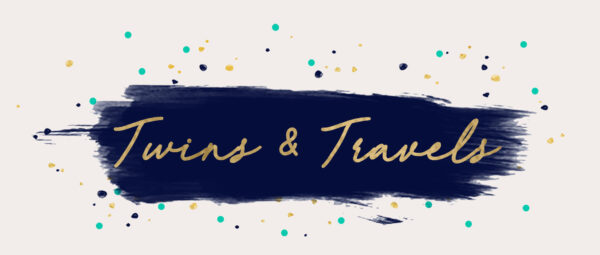



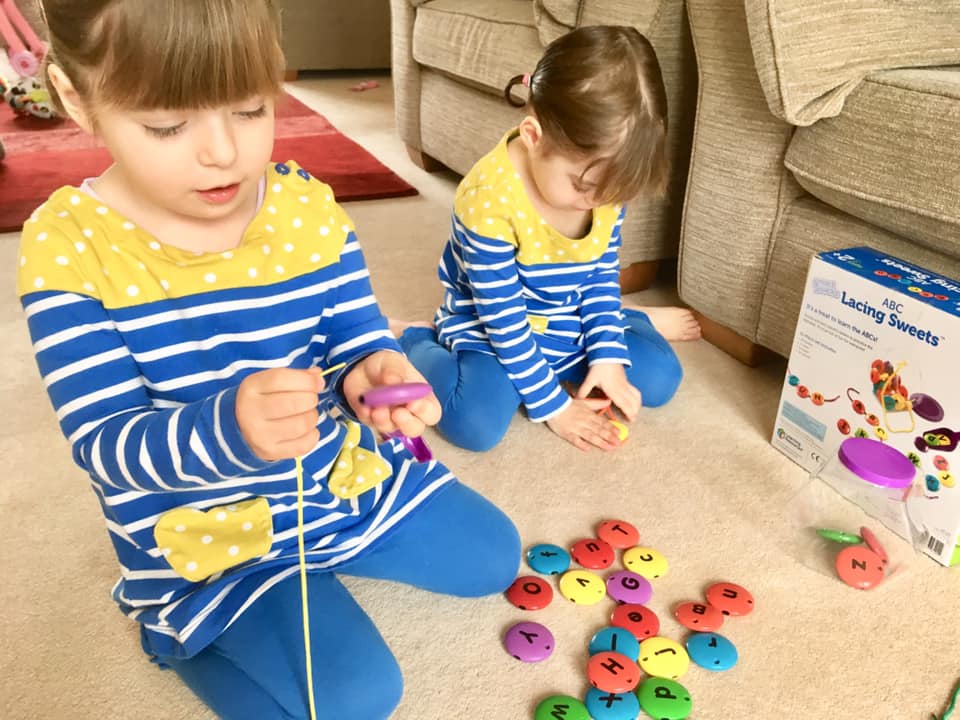
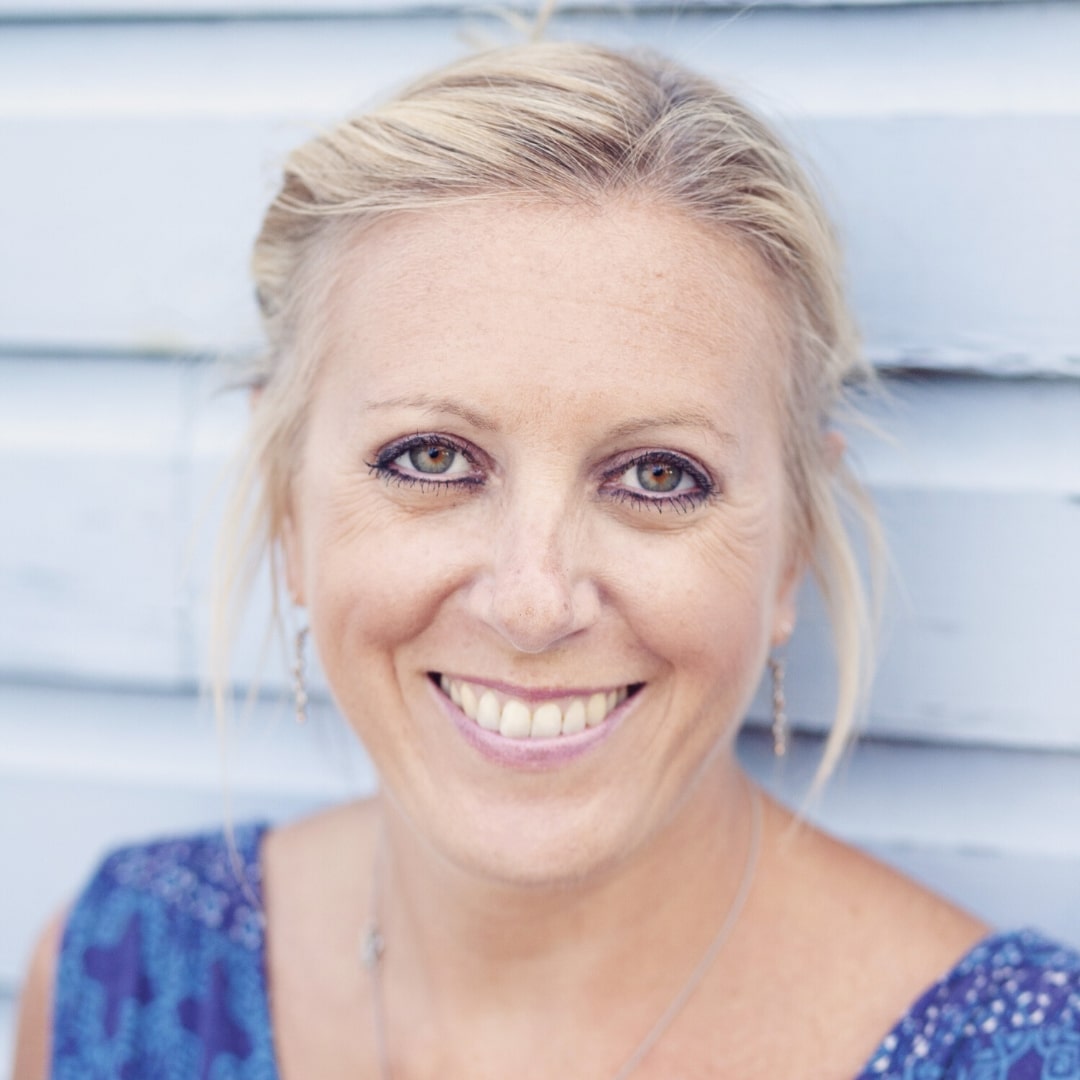


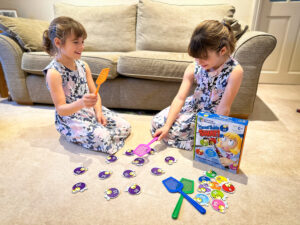
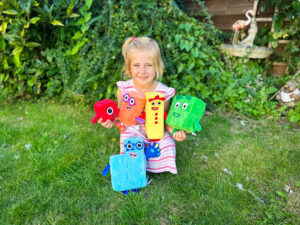
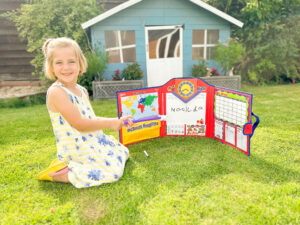

3 thoughts on “The Ultimate Guide to Phonics for Parents”
Oh my god, I think I’m going to send Thomas to Essex to go to school, so you can help him!
Pingback: Ideas For Setting Up Your House For Homeschooling – Emma Reed
Pingback: Letterland Educational Resources Review - Rowena's Teach & Travel